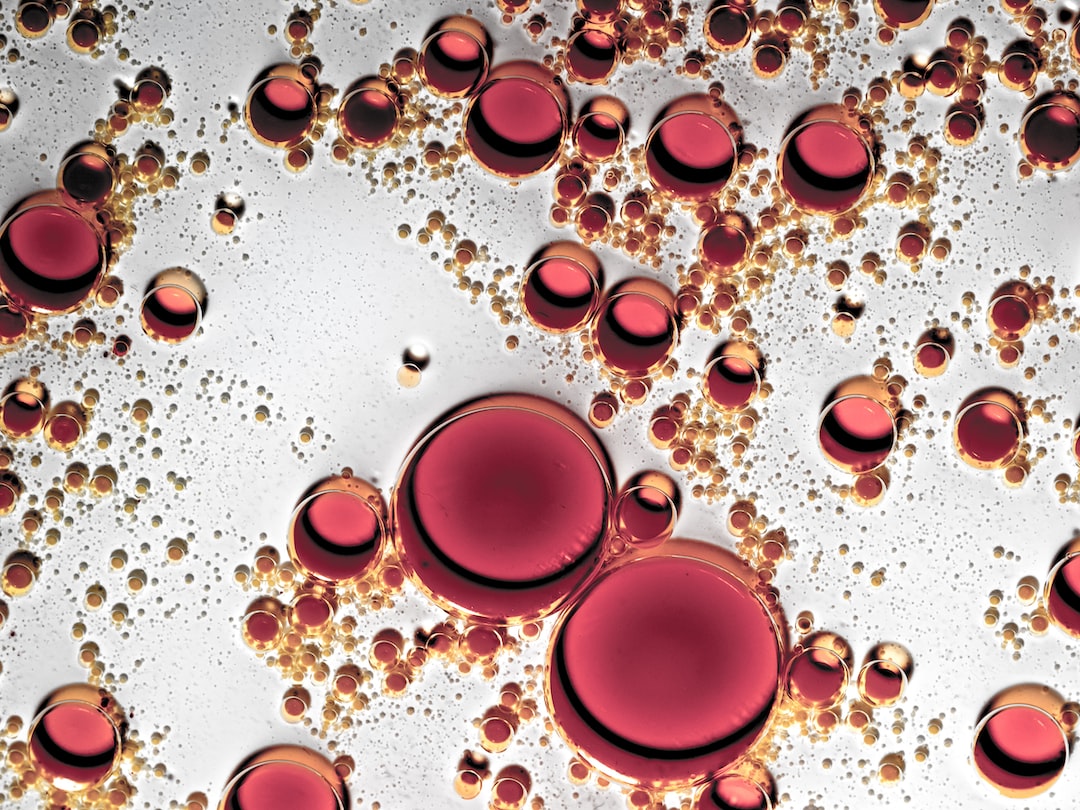The Impact of Renaissance Art on Western Civilization
The Renaissance marked a transformative period for Western civilization, particularly in the realm of art. This period, spanning the 14th to the 17th century, witnessed a revival of interest in the cultural achievements of ancient Greece and Rome, leading to an explosion of artistic creativity and innovation. The impact of Renaissance art on Western civilization cannot be overstated, as it not only ushered in a new era of artistic expression but also contributed to monumental shifts in society, religion, and intellectual thought.
One of the most significant contributions of Renaissance art was the emergence of humanism, a philosophical movement placing emphasis on human potential and the celebration of individualism. Artists like Leonardo da Vinci, Michelangelo, and Raphael created works that focused on the beauty, complexity, and dignity of the human form. They sought to depict human emotions, personalities, and the inner workings of the mind, as well as the grandeur of the natural world. This celebration of humanism not only revolutionized the art world but also had a profound effect on Western civilization’s perception of the human experience.
Renaissance art also played a pivotal role in the religious landscape of Western civilization. This was an era of intense religious fervor, with the Catholic Church exerting immense influence over society. However, the artistic revolution of the Renaissance challenged the traditional religious narratives and doctrines. The works of artists such as Sandro Botticelli and Titian dared to explore new interpretations of biblical events, depicting them with unprecedented realism and emotion. This departure from the traditional iconography of religious art sparked debates around religious dogma and the role of the Church, ultimately leading to the Reformation and the birth of Protestantism.
Furthermore, Renaissance art had a profound impact on intellectual thought by fostering a culture of curiosity and inquiry. The realistic depiction of the natural world in paintings by artists like Jan van Eyck and Albrecht Dürer, coupled with the study of anatomy pioneered by da Vinci, led to significant advancements in the fields of science and medicine. The careful observation and reproduction of the human body in art not only improved the accuracy of anatomical knowledge but also inspired future generations of scientists to delve deeper into the workings of the natural world.
In addition, the impact of Renaissance art extended beyond the artistic and intellectual realms, fueling economic growth and trade. The iconic works produced during this period, such as Botticelli’s “The Birth of Venus” and Michelangelo’s “David,” became symbols of wealth and power. As a result, art became a commodity, with collectors from all over Europe vying for these masterpieces. This demand for art led to the establishment of art markets and the growth of patronage systems, where wealthy individuals and institutions commissioned works from artists. This flourishing art market contributed to the economic growth of cities like Florence and Venice, laying the foundation for the capitalist economies that define Western civilization today.
When reflecting on the impact of Renaissance art, it is essential to acknowledge its everlasting influence on the development of artistic techniques and styles. The mastery of perspective by artists like Masaccio and the use of chiaroscuro by Caravaggio created a new visual language that continues to shape contemporary art. Techniques such as sfumato, pioneered by da Vinci, which involves the blending of colors and tones to create a hazy effect, still influence painters to this day. Moreover, the dedication to portraying realism in art challenged artists to innovate and experiment continuously, leading to the evolution of artistic styles beyond the Renaissance period.
In conclusion, the impact of Renaissance art on Western civilization is immeasurable. This period ushered in a new era of humanism, challenging traditional religious narratives and promoting individualism. It influenced intellectual thought by inspiring scientific inquiry and exploration. Renaissance art fueled economic growth and trade, establishing art as a commodity and shaping the capitalist economies of today. Lastly, the lasting influence on artistic techniques and styles continues to shape the art world. The Renaissance, with its artistic revolution, remains a testament to human creativity, innovation, and the power of art to transform societies.

